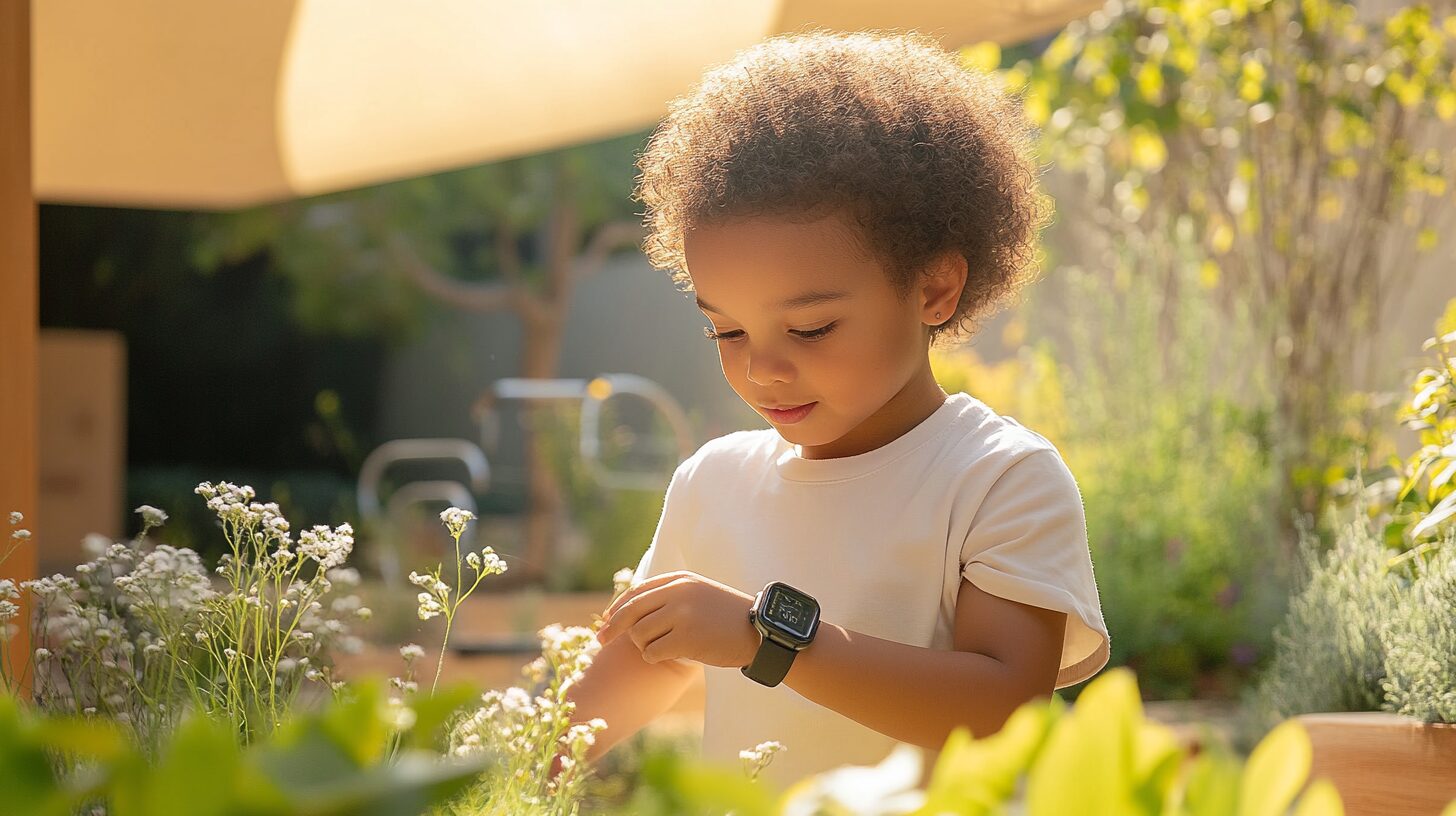The Challenges of Monitoring Elderly Parents
As our parents age, ensuring their safety and well-being becomes a top priority. However, striking the right balance between providing care and respecting their independence can be a delicate task. Many elderly parents prefer to age in the comfort of their own homes, surrounded by familiar surroundings and cherished memories. This desire for independence often clashes with the concerns of caregivers who want to ensure their loved ones are safe and well-cared for.
Monitoring elderly parents remotely has become an increasingly popular solution, allowing caregivers to keep a watchful eye while respecting their parents’ privacy and autonomy. With the advent of modern technology, a wide range of tools and strategies are available to help bridge this gap, providing peace of mind for both caregivers and their aging loved ones. However, it’s crucial to approach remote monitoring with sensitivity, open communication, and a deep understanding of your parents’ needs and preferences.
The Importance of Regular Check-Ins and Communication
Before delving into the various monitoring solutions, it’s crucial to emphasize the importance of regular check-ins and open communication with your elderly parents. Maintaining a strong emotional connection and fostering trust are essential elements of successful remote monitoring. Encourage other family members and friends to check in regularly, either in person or through video calls, to ensure your parents feel supported and cared for.
Regular communication also allows you to assess their needs and preferences, ensuring that any monitoring strategies you implement align with their comfort levels and respect their autonomy. Involving your parents in the decision-making process can help alleviate concerns and foster a sense of control over their living situation. It’s essential to approach remote monitoring as a collaborative effort, with your parents’ input and consent being the guiding principles.
Low-Tech Monitoring Solutions for Elderly Parents
For those just starting to explore remote monitoring options, low-tech solutions can be an excellent starting point. These strategies are often non-invasive and can be implemented gradually, allowing your parents to adjust to the idea of being monitored while maintaining their independence.
One simple approach is to make liberal use of labels, sticky notes, and other visual cues around their home. These can serve as reminders for daily tasks, medication schedules, or important contact information. Additionally, you can set up a system of check-in calls or text messages at predetermined times to ensure your parents are doing well.
Another low-tech solution is to encourage your parents to wear a medical alert system. These devices allow them to quickly summon help in case of an emergency, providing peace of mind for both them and their caregivers.
Utilizing Smartphone Apps for Remote Monitoring
Many elderly individuals are adept at using smartphones, making it easier to transition to remote monitoring through apps. These apps can manage household settings like lighting and temperature remotely, enhancing safety and comfort for elderly parents. Features such as medication reminders, activity tracking, and vital sign monitoring also support independence while providing caregivers with essential information and alerts.
High-Tech Monitoring Devices for Elderly Safety
As technology continues to evolve, more advanced monitoring solutions have become available, offering caregivers a comprehensive approach to ensuring their elderly parents’ safety and well-being.
GPS Trackers for Elderly Parents
For individuals with cognitive impairments or a tendency to wander, GPS trackers for elderly can be a lifesaver. These devices provide real-time location data accurate within one meter, allowing caregivers to monitor their loved ones’ whereabouts and receive alerts if they venture outside predetermined safe zones.
GPS trackers come in various forms, from wearable devices like watches or pendants to discreet trackers that can be placed in a purse or pocket. When choosing a GPS tracker, consider factors such as battery life, waterproofing, and the ability to set up geofencing alerts for added safety.
Wearable Movement Monitors
Wearable movement monitors are another valuable tool for monitoring elderly parents remotely. These devices can track activity levels, detect falls, and even monitor vital signs like heart rate and blood pressure. Many of these monitors are designed to be discreet and comfortable, making them an ideal solution for those who may be resistant to more invasive monitoring methods.
Some wearable monitors also offer two-way communication capabilities, allowing caregivers to check in on their loved ones and provide reassurance or assistance if needed. When selecting a wearable monitor, consider factors such as battery life, water resistance, and the ability to integrate with other monitoring systems or apps.
In-Home Camera Systems with Motion Detection
While the idea of installing cameras in an elderly parent’s home may raise privacy concerns, these systems can provide invaluable peace of mind for caregivers. Modern camera systems can be equipped with motion detection sensors, allowing you to receive alerts when movement is detected in specific areas of the home, such as stairways, kitchens, or entryways.
Additionally, some camera systems offer two-way communication capabilities, enabling you to check in on your parents and provide companionship from a distance. When considering this option, it’s essential to have open and honest discussions with your parents about their comfort levels and address any privacy concerns they may have.
To ensure the ethical and legal use of in-home camera systems, it’s crucial to obtain your parents’ consent and clearly communicate the purpose and limitations of the monitoring. Additionally, consider implementing privacy measures such as restricting camera access to designated areas or blurring sensitive areas.
Balancing Privacy and Safety When Monitoring Elderly Parents
Remote monitoring offers peace of mind but requires balancing safety with elderly parents’ privacy. Involving them and obtaining consent, especially for invasive methods, is crucial. If cognitive decline prevents informed consent, consult with a legal guardian or healthcare professionals. Establish clear boundaries and guidelines for monitoring, including specific times and procedures for addressing concerns.
Integrating Multiple Monitoring Strategies for Comprehensive Care
Combining various monitoring methods, including both low-tech options like check-in calls and high-tech solutions like GPS trackers, can effectively ensure elderly parents’ safety. Involving family members or friends in sharing system access or coordinating check-ins can spread the responsibility and provide consistent care. Regularly revising these strategies and involving the elderly in decisions will keep the approach effective and respectful of their independence.
Frequently Asked Questions About Remote Monitoring
1. Is remote monitoring expensive?
The cost of remote monitoring varies based on the devices and services selected. While some options might be pricier upfront, they could be economical compared to other care alternatives. Many offer payment plans to ease budgeting. Research is key to finding cost-effective solutions that meet your needs.
2. Will my parents feel like their privacy is being invaded?
To avoid feelings of privacy invasion, engage in open dialogue and gradually introduce monitoring solutions, respecting boundaries and privacy preferences. Setting clear rules, like camera usage limitations, helps maintain their comfort with the process.
3. What if my Elderly Parents refuse to be monitored?
Respect their autonomy and discuss their concerns openly, seeking compromises or alternatives. Involving a neutral third party might aid in reaching an agreement, emphasizing the importance of respecting their wishes.
4. How do I choose the right monitoring solution?
The ideal monitoring solution depends on your parents’ needs, health, and comfort with technology. Consulting professionals, involving your parents in the decision, and considering technical features will guide you to a suitable choice, balancing care with respect for their independence.
Effective remote monitoring combines thoughtful strategy, respect for autonomy, and open communication, ensuring safety and well-being while preserving independence.





